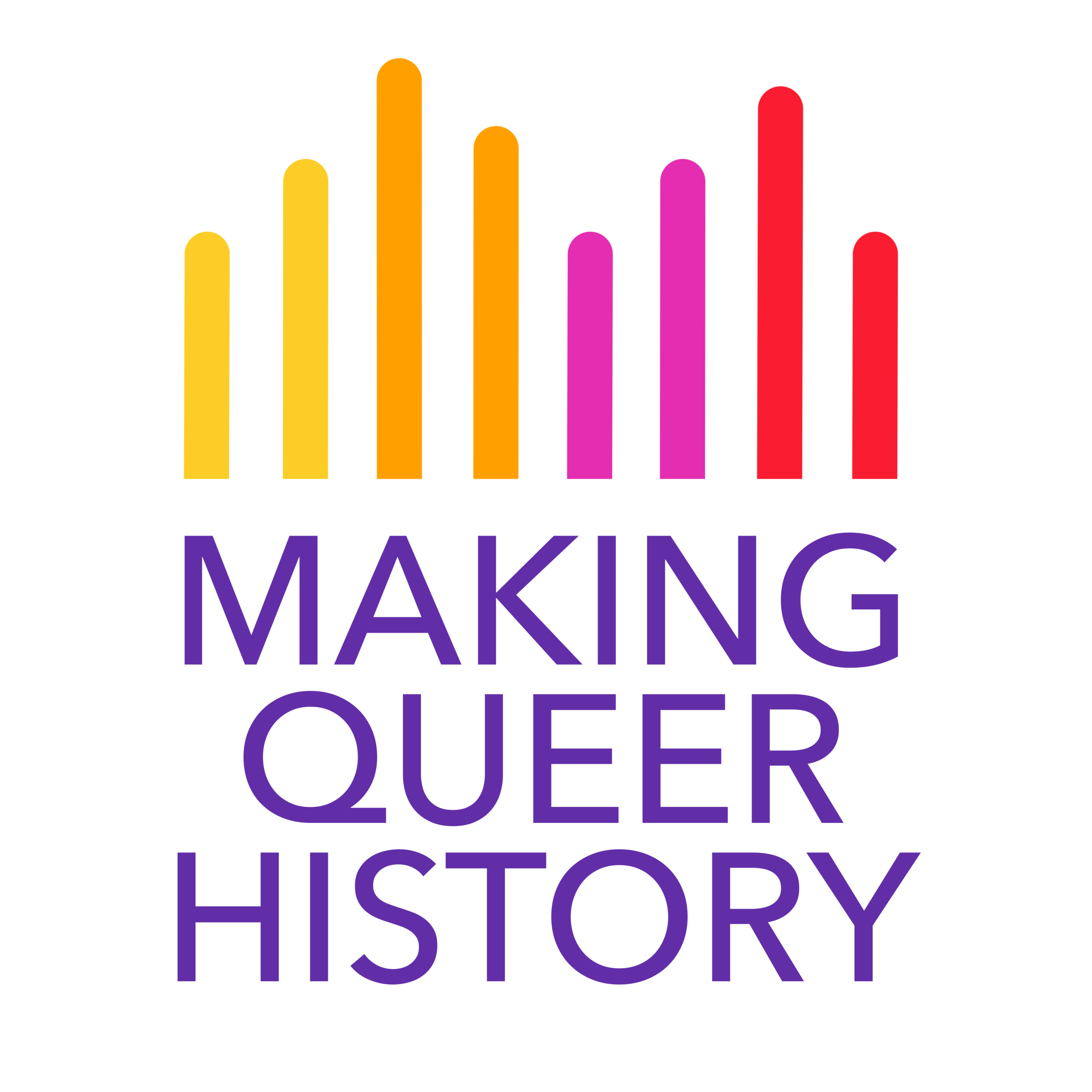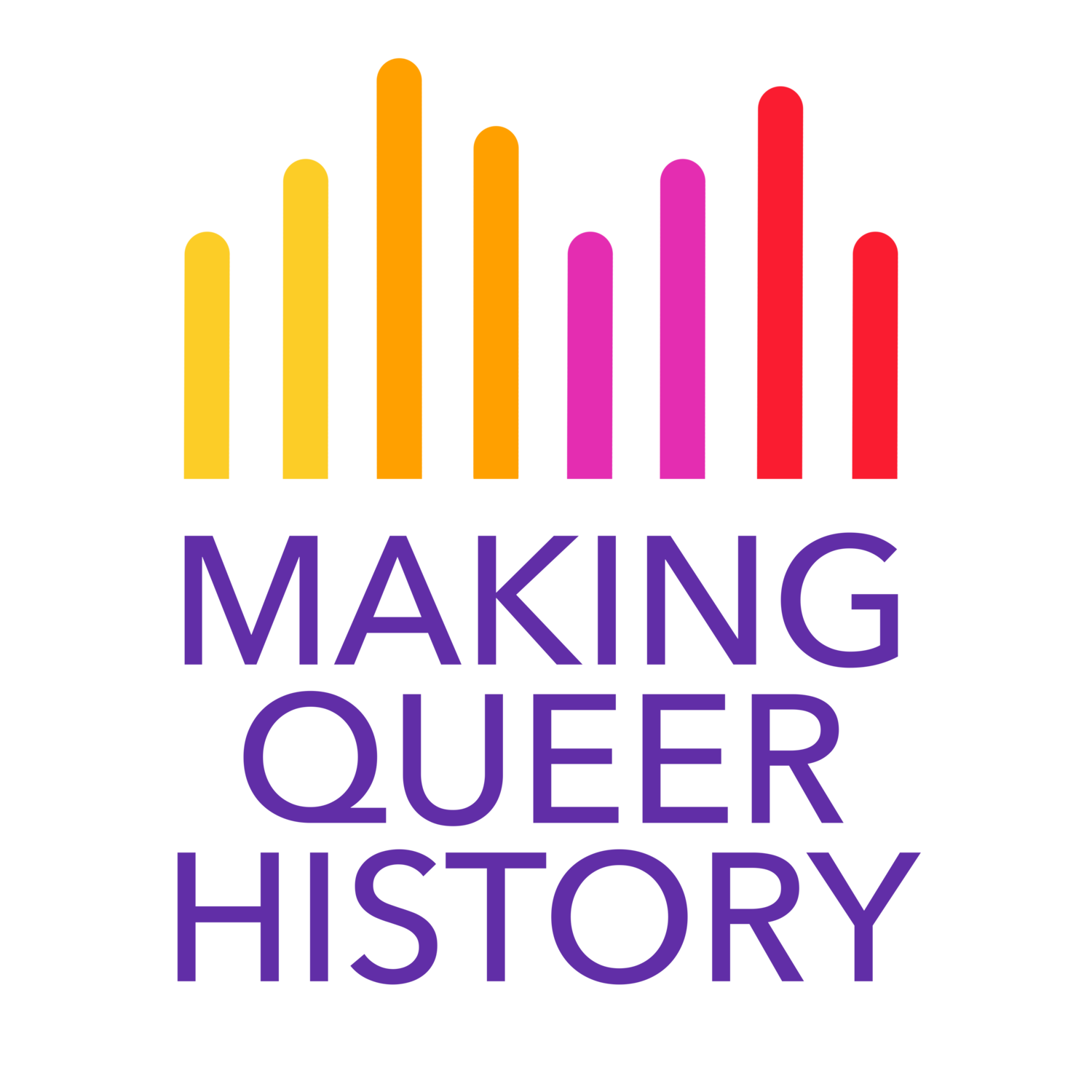An innovative belly dancer, writer, poet, political revolutionary, translator, and all-around renaissance woman, Armen Ohanian dared to defy the stereotypes associated with Middle Eastern women during her lifetime. She overcame many obstacles to pursue a career that would showcase her numerous talents, distinctive artistry, and people’s culture to the Western world.
Making Queer History has a vague title because it has a rather vague purpose. We are not alone in our aim to tell the queer community’s history. What defines us is our focus not only on the past, but toward the future.

